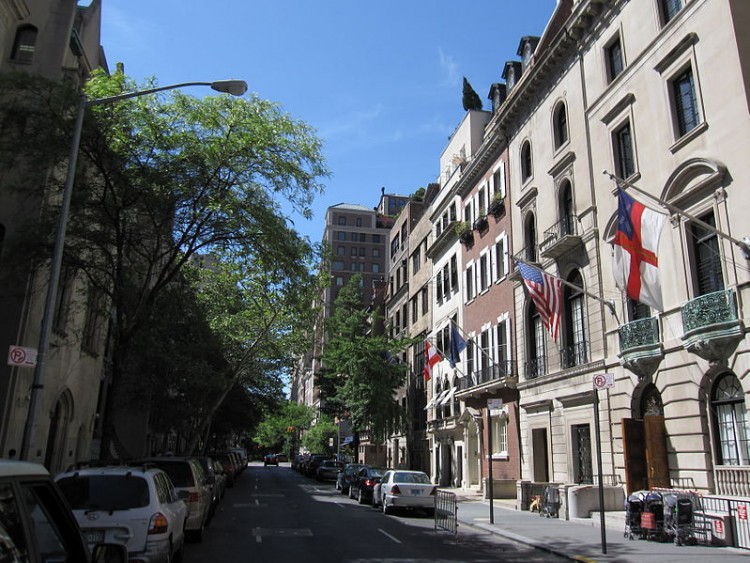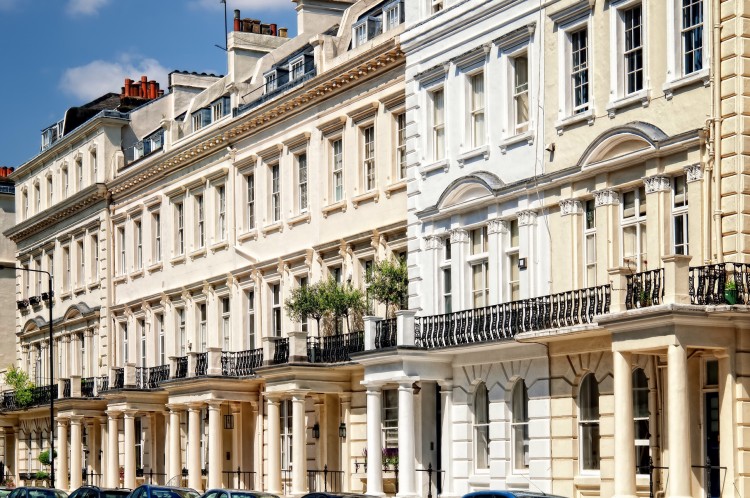
“Exciting”, “the heart of the action”, “multicultural”, “world-class” – these and other phrases are so often used to describe the cultural capitals of London and New York.
On the opposite sides of the Atlantic though they may be, both of these cities have a great deal in common when it comes to things like lifestyle, employment opportunities and property markets. In 2015, New York was home to a population of 8.406 million, while London was home to 8.674 million. Naturally, trying to compare on a large scale proves difficult, but it is easier to draw comparisons when looking at two similar submarkets. The exclusive, central area of Mayfair is said to be London’s answer to New York’s Upper East Side (UES) – but just how true a claim is it?
We break down how both cities compare in terms of major economic development factors, starting with the pricey property markets…
Property prices

Anyone wanting to rent or buy in either Mayfair or the UES should be warned – it won’t come cheap, unless you want a short term rental in New York City. Both areas are home to some of the most expensive property globally, with London being the second-most expensive city in the world to buy property behind Monaco. In Mayfair especially, buyers should be ready to shell out, as properties costing less than £1 million are on the decline. Buyers can expect to spend in the region of £25,000,000 for a four-bedroom family home in Mayfair, while a four-bed home on the Upper East Side costs around $35,000,000 . In Mayfair, the average property price has now reached £2,717,184, while Stateside on the Upper East Side, the median house price is $1,312,500. Renters should be prepared for high prices too; a compact one-bedroom apartment on the Upper East Side is available for around $1,795, while in Mayfair, the average rent is now £5,493 per calendar month in rent.
Public transit
It has to be said – New York takes major points for the public transport system. The tube (London Underground) costs $7.30 for a single ride, and welcomes 1.2 billion users a year onto a system that spans 11 lines and 270 stations. In comparison, the subway is (significantly) cheaper at $2.75 for a single ride, and there are an impressive 24 lines and 468 stations. That said, London does gain some ground back when it comes to air travel, having five airports servicing the city compared to New York’s three.
Density
Mayfair is geographically smaller than the Upper East Side, which covers 4.56 km², and so although there are fewer residents, the lack of space can make it appear more crowded. There are 5,100 people making their permanent home in Mayfair, compared to 206,908 people living on the Upper East Side.
Quality of life
Global cuisine and fine dining, museums and galleries, film festivals and movie premiers, theatre districts, shopping, member’s only clubs…and that’s just for starters. Both cities offer lots to residents on any budget, but New York certainly wins in the food stakes. The city is home to nine of the world’s top 100 restaurants, while only five are found in London. The Mercer Quality of Life Survey (2016) ranks cities based on metrics such as health and public services, political stability and crime rates. Out of the 221 cities surveyed, London narrowly beat NYC coming in at no. 38, while The Big Apple placed 47th. However, all of this does come at a price - London for example has been named among the most expensive cities in which to live and work.
Are you looking to buy property in UK ? Hurghada , Scotland , Istanbul , Sahl Hasheesh , Dubai
Are you looking to rent property in UK ? London , Manchester , Reading , Leeds , Cardiff











Author
Lefteris Eleftheriou